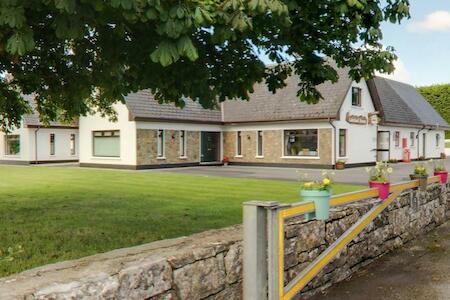Looking for budget stays in Cong? This section is designed to save you time, money, and unnecessary stress. We've got insider tips to help you find affordable hostels and the cheapest places to stay in Cong.

Cong is a town in Ireland’s County Mayo. It is called Cunga Feichin in Gaelic, which means “narrow strip of land.” The town is actually located on a narrow strip of limestone between two lakes. Cong is a town that puts the colorful history of the Irish people on display. Walking through it is an experience that give you a different perspective of Ireland and its culture.
Today, Cong is a place to get away from the bustle of city life and get in touch with the diverse history of Ireland and the countryside around the town. There are many quaint little hostels in which to stay. They are very affordable, and the hostel staff is the friendliest in the country. Irish delicacies can be enjoyed at the hostels or the eateries in the town.
Among the many sights to see in Cong are the ruins of an old Augustinian monastery that was built in the 12th century by the King of Ireland. Destroyed by King Henry the Eighth, the ruins of the monastery are still mostly intact, although unused. The ancient Cross of Cong, which was once in the monastery, is now on display at the National Museum.
A dry canal can be seen in Cong too, which is a remnant of the famine of the 1840s. All the water in the canal, which was intended to be used for famine relief, disappeared into the ground because it was built on the limestone base of the town. Other artifacts from the famine include the old Ashford House, vacated in 1852.
One last set of ruins to visit is the church of St. Fura, built in Ballymagibbon in the 7th century. It is an ancient place of worship that has many interesting artifacts. One of these, a carving of a child, is now on display in the church at Cross.
Written by Travel Expert Cong
 Jakob Lombardi
Jakob Lombardi